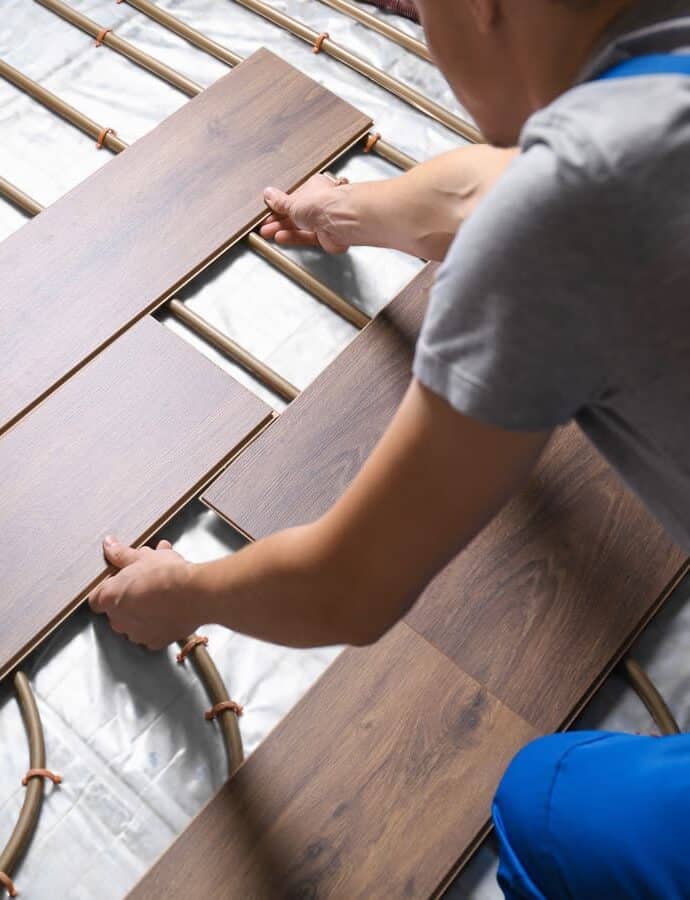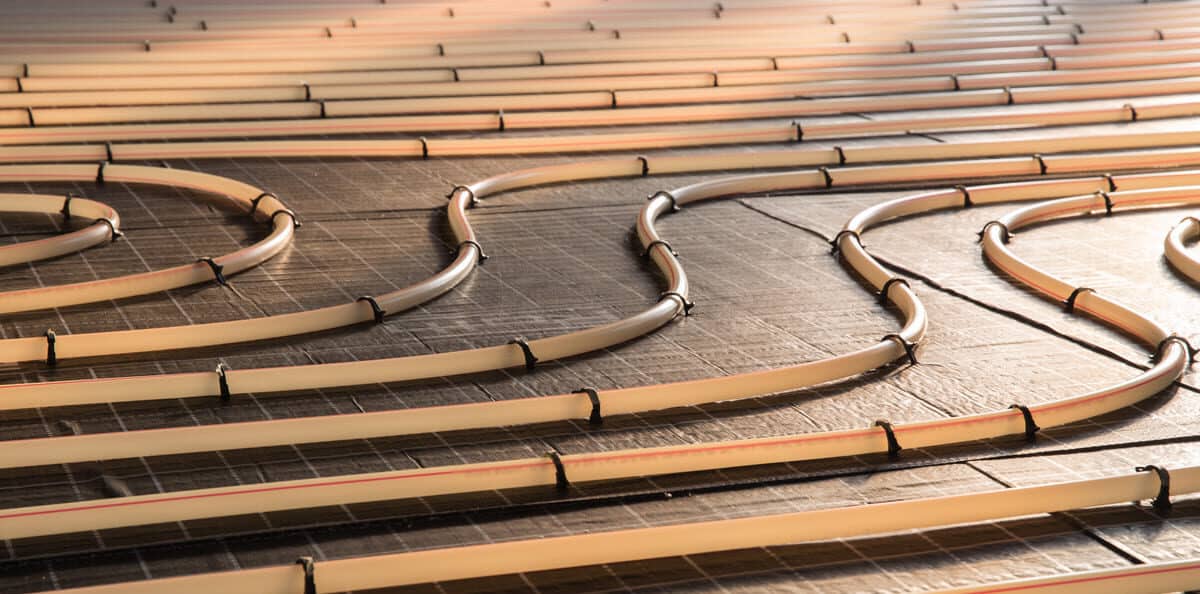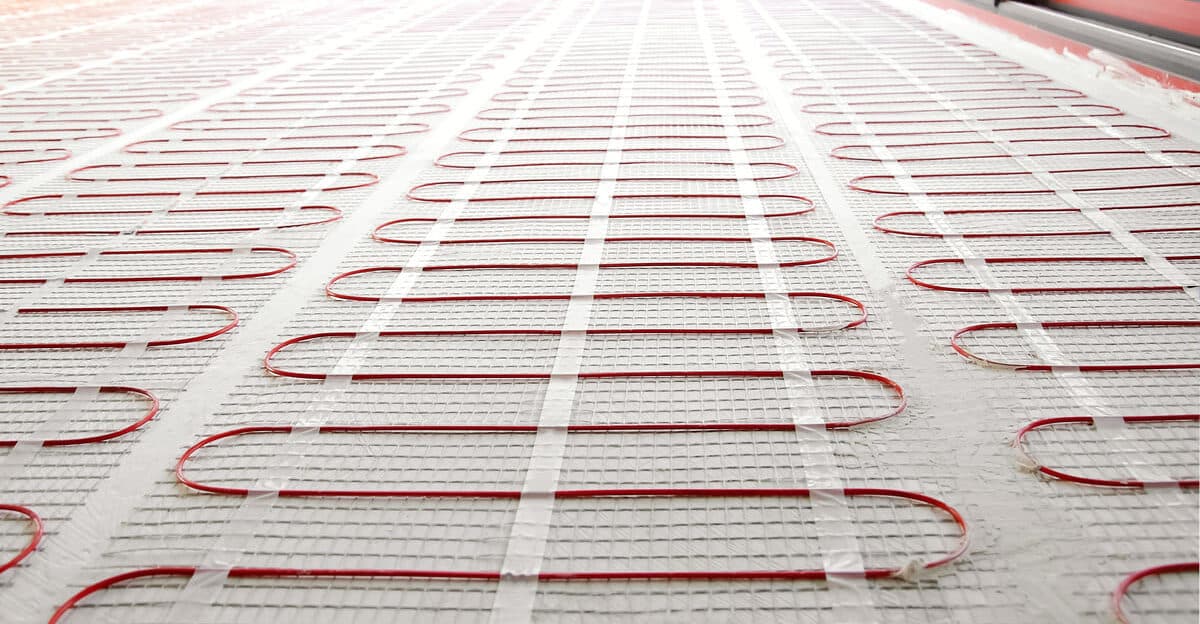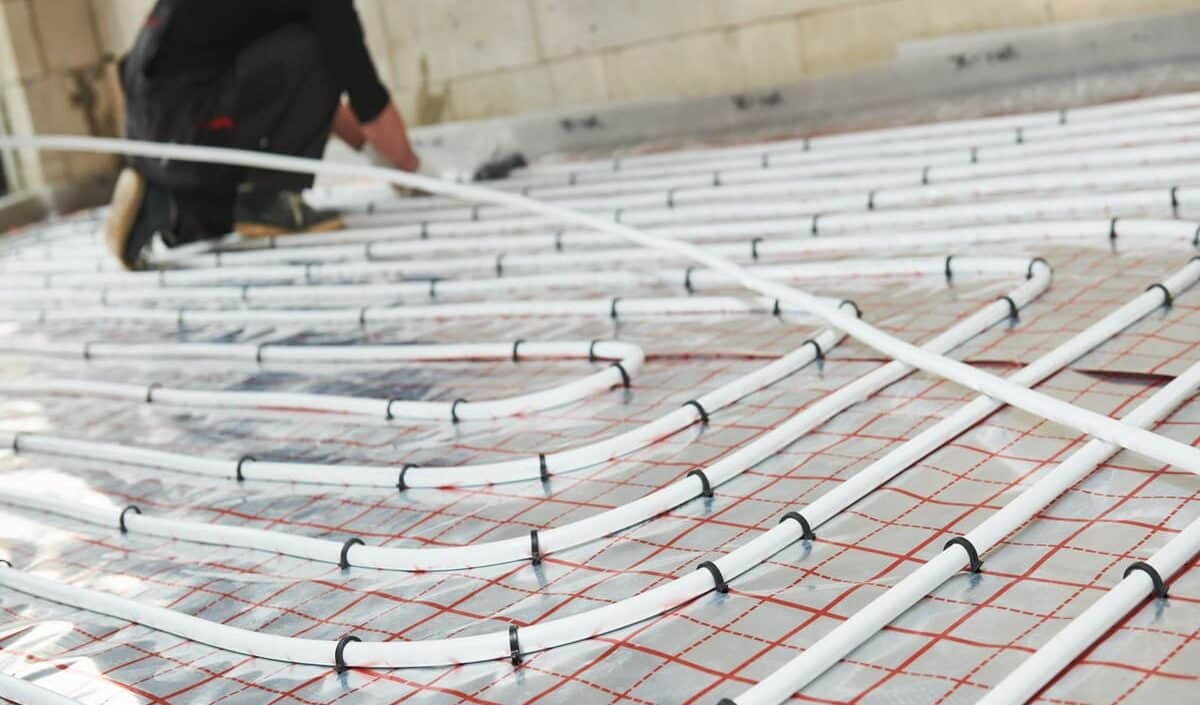

Polished concrete pour is a popular choice for concrete flooring. This method of finishing the floor involves pouring a self-leveling liquid screed to provide a level surface and then grinding it down until it reaches the desired smoothness. The end result is an aesthetically pleasing, low maintenance and durable finish that can last for years. It’s also easy to clean, with minimal risk of staining or discoloration. However, polished concrete pour requires careful preparation and attention to detail during installation in order to ensure that it will be effective and long-lasting.
Polished concrete screed is a popular choice for modern, stylish concrete flooring. It involves applying a smooth, durable and attractive finish to the existing cement screed. This type of polished concrete floor has an easy to maintain surface that is highly resistant to wear and tear. The process involves grinding the existing cement screed and then sealing it with a topcoat for protection. Polished concrete flooring offers superior resistance against spills, stains and abrasion, making it an ideal option for busy homes or businesses. The process is relatively straightforward but should be carried o
Polished concrete overlay is a great way to transform the look and feel of your concrete flooring. This process involves applying a thin layer of concrete that is then polished to give it an attractive finish. It’s a cost-effective option compared to laying porcelain tiles, as you don’t need to worry about sealing or grouting, and you can achieve the same luxurious look with far less effort. Polished concrete overlay is also very durable, making it an ideal choice for areas that receive high foot traffic.
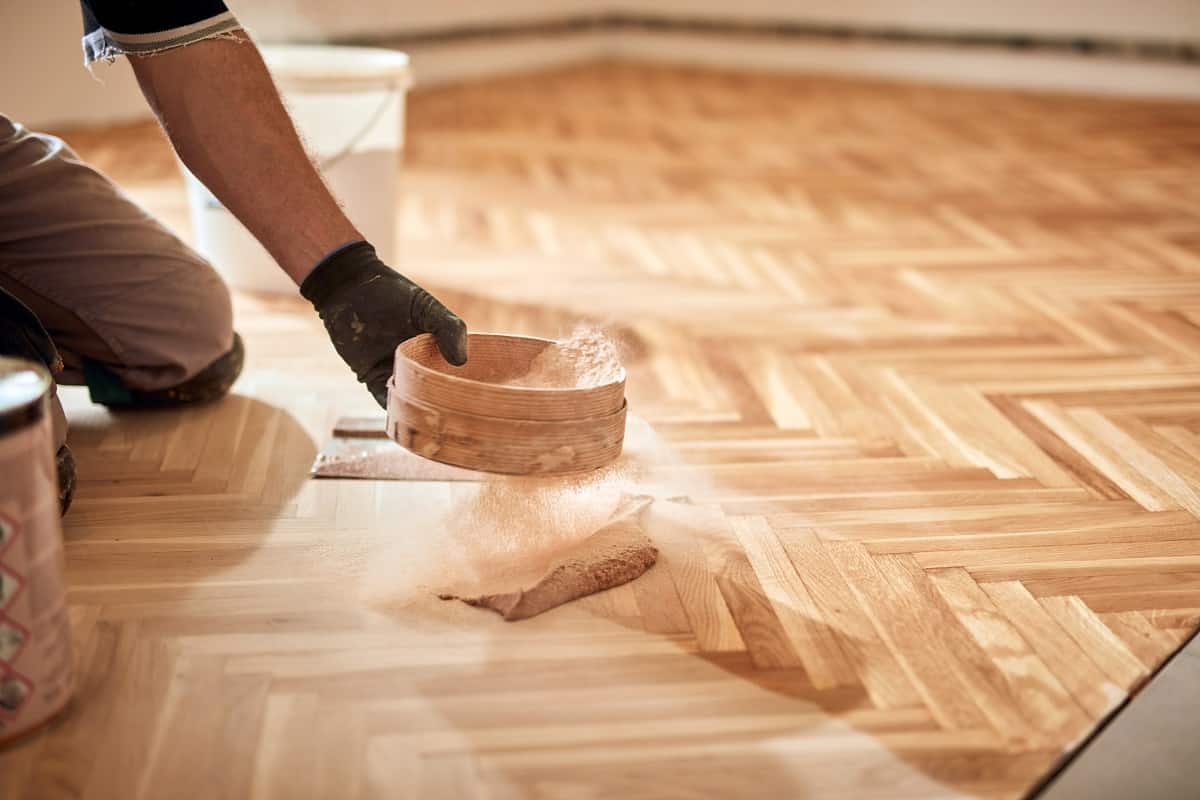
Concrete flooring is an ideal option for underfloor heating due to its thermal mass, which helps store and radiate heat. When using concrete for UFH, insulation boards should be installed beneath the heating pipes to ensure that the heat generated by the pipes isn’t lost through the floor. It’s also important to consider maximum temperatures as well as any restrictions on what type of material can be used in conjunction with your UFH system. With careful consideration of all these factors, you can enjoy a comfortable and energy efficient home or workplace with concrete underfloor heating.
When deciding which underfloor heating system is best for concrete floors, there are two main options: electric systems and water-based wet underfloor heating systems. Electric systems are cost effective and easy to install, while water-based systems can be more energy efficient with a better heat distribution throughout the room. However, electric underfloor heating may be more suitable for concrete floors as it can provide higher temperatures than wet systems. It’s important to take into consideration your flooring material, insulation levels, budget and desired temperature before choosing either system.
We Are Also Available to Offer Heat Pumps Related Advice
To find out more about our services, get free quotations, or arrange an appointment, call this number 0204 586 6171.
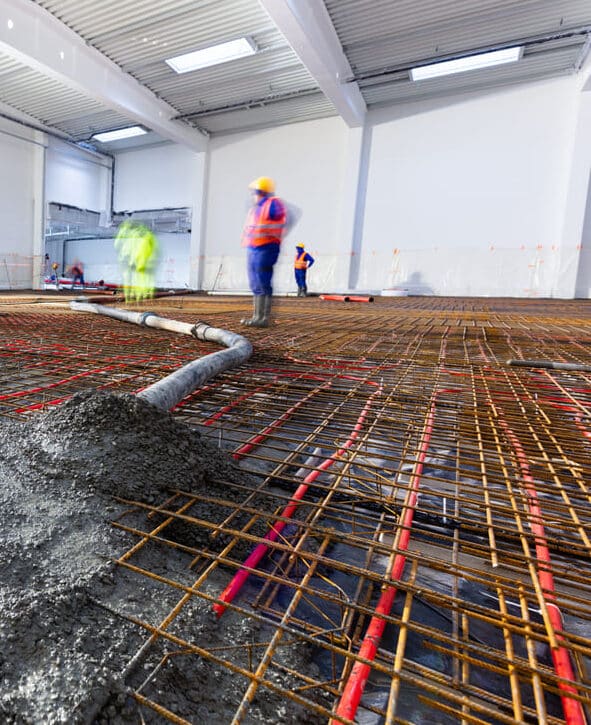


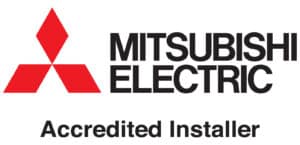


Using concrete flooring for underfloor heating has its advantages and disadvantages. On the one hand, concrete is an incredibly strong and durable material that can last many years with minimal maintenance. It also provides great thermal insulation, helping to keep the heat produced by your underfloor heating system inside your home or office. On the other hand, concrete floors can be expensive to install, require significant preparation work before installation, and can take longer than other materials to heat up. The most suitable type of underfloor heating system will depend on your particular needs, budget and space available.
When installing underfloor heating with concrete floors, there are several things that need to be taken into consideration. Insulation is an essential part of the installation process and will ensure the system runs efficiently. This can include insulation boards, wooden boards, polystyrene boards or a vapour barrier. An underlay is also required to protect the concrete from cracking due to expansion or contraction. This should ideally consist of high-density foam or rubber material which will reduce heat loss and noise pollution from below. Finally, it’s important to choose a thermostat with a maximum temperature suitable for your type of flooring in order to prevent damage.
Insulating your concrete floor is essential for effective underfloor heating. Without insulation, heat will be lost through the concrete and warm air won’t reach the rooms above. To ensure that your UFH system is running efficiently, it’s important to choose an appropriate type of insulation board to fit beneath your flooring. The most commonly used types are wooden boards, polystyrene boards or specialist UFH insulation boards. Wooden boards provide good sound proofing and thermal properties, but need to be well-sealed against moisture damage. Polystyrene boards are lightweight and easy to install but have limited durability.
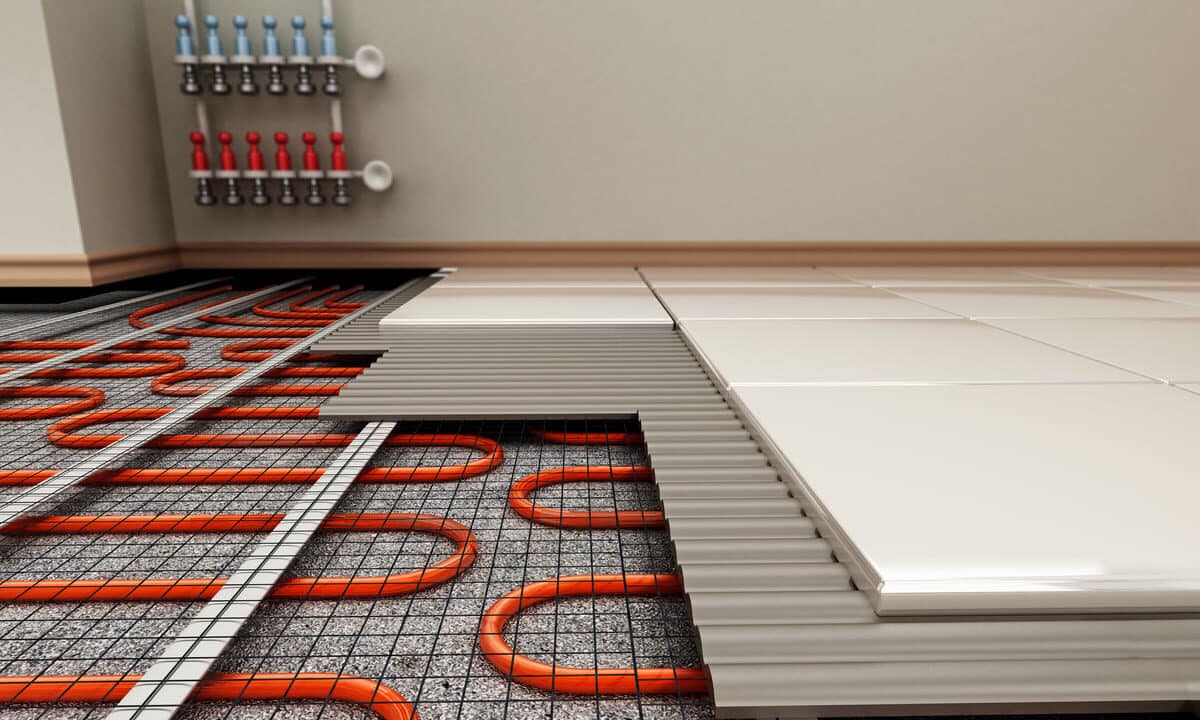
Underlays are essential for ensuring that your underfloor heating system performs optimally. When selecting the right underlay, you should consider the type of floor finish and the size of your floor area. A damp proof membrane is a great option to prevent moisture from reaching the heated concrete slab and causing damage. You may also want to use additional insulation boards to reduce heat loss, especially in large rooms. Different types of underlay are available for different floor finishes, so it’s important to make sure you get the correct one for your needs. This will ensure that your UFH system operates effectively and efficiently over time.
Underfloor heating on concrete floors is an effective way to heat a room, as it produces a large amount of heat output per square metre. It’s important to note that the maximum temperature of concrete underfloor heating should not exceed 27°C to ensure that the room stays warm and comfortable. The heat produced by underfloor heating systems on concrete flooring will depend on the type of system used, but it can be as high as 3kW per square metre in some cases.
Installing a thermostat is essential for controlling the temperature of your concrete underfloor heating system and ensuring it runs efficiently. With a thermostat, you can keep an eye on your heating bills and reduce energy consumption. It also prevents cold spots and helps to prevent heat loss from your home. By using a thermostat, you’ll enjoy more consistent temperatures throughout the year in all rooms with concrete underfloor heating.
Underfloor heating for concrete floors is a cost-effective and energy efficient solution compared to other heating systems. Installation costs vary depending on the type of system chosen, but can generally range from £500 to £3,000 for an average sized room. The ongoing running costs are low, with a typical monthly bill being just a fraction of what you would pay for gas or electric central heating. In addition, UFH can be used as a primary source of heat or as an additional option in combination with existing systems.
Mittens Underfloor Heating London is the ideal choice when it comes to underfloor heating solutions for concrete floors. Our experienced heating engineers have years of experience in designing and installing both electric and wet systems, using high-quality underfloor coils. We are committed to renewable energy sources and our eco-friendly approach ensures that your system is as efficient as possible. With our expertise, you can rest assured that your new concrete underfloor heating system will be installed correctly and safely, giving you many years of comfort and energy savings.
